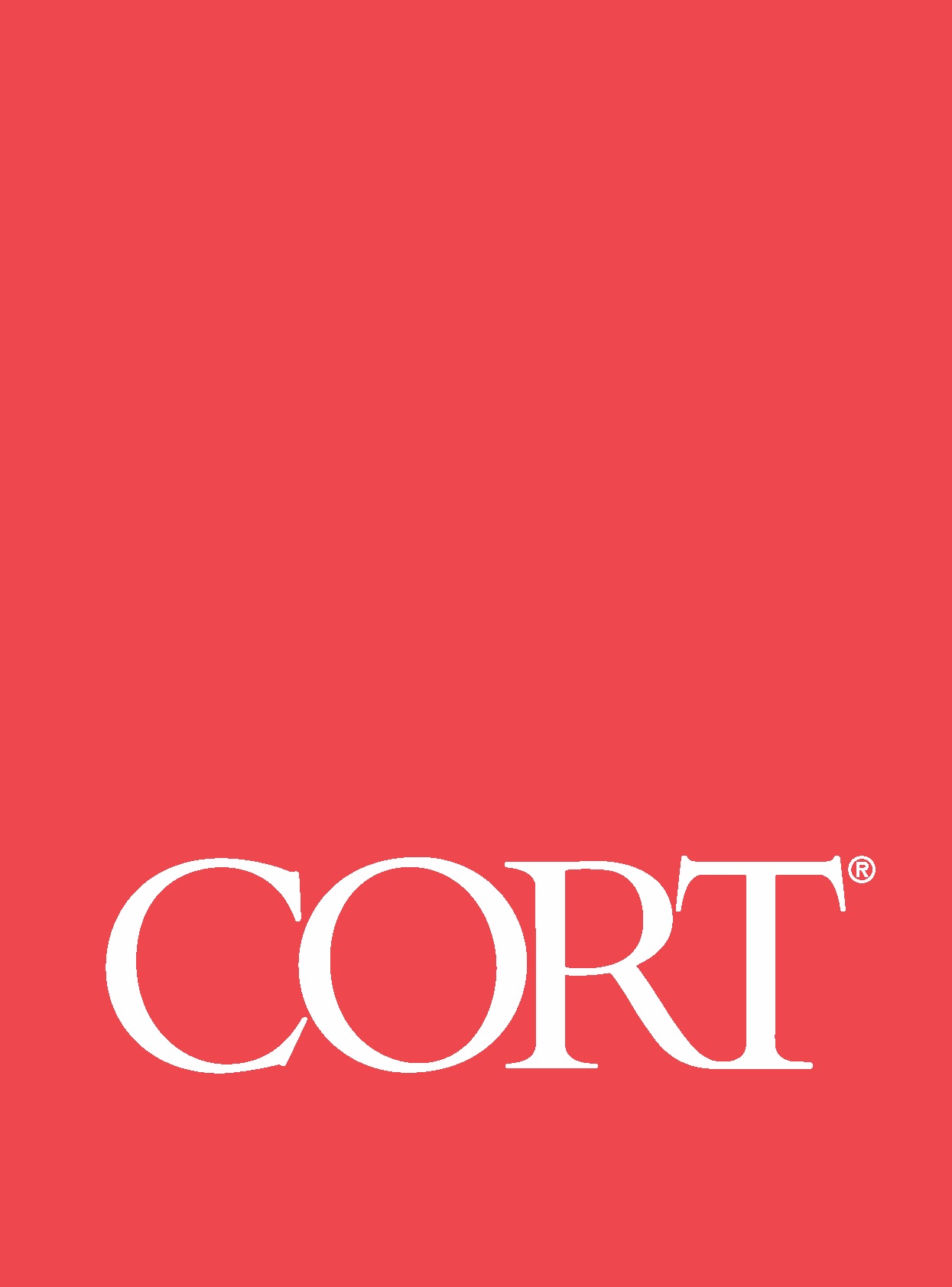Why Flexible Healthcare Workspaces Matter More Than Ever in 2025
In healthcare, change is no longer cyclical. It’s constant.
Teams are responding to new care models, regulatory updates, surges in patient volume, staffing gaps, and shifting technology—all while maintaining continuity in care and operations.
And with every shift comes a simple but urgent question:
Where are we going to put people?
It’s the kind of question that shows up in team huddles, emails, staffing plans, and emergency calls. And more often than not, it lands on the shoulders of the same people: administrators, facilities managers, project leads, and operations directors.
These are the people responsible for making space work—even when the space itself wasn’t designed to flex.
The Cost of Inflexible Healthcare Workspaces—and Who Pays for It
Most healthcare environments were built for stability, not adaptability. But today’s challenges require spaces that can shift—quickly, seamlessly, and without disruption.
When that’s not possible, the cost is real:
- Staff squeezed into makeshift spaces that hinder productivity
- Delayed rollouts of new services or care models
- Budget inefficiencies from permanent builds that can’t flex
- Missed opportunities to support staff wellbeing
- Burnout, frustration, and mounting operational stres
“Most teams we work with aren’t starting from scratch,” says Shannon Miles, Regional Sales Manager at CORT. “They’re trying to solve a new problem in an old space—on a tight timeline, with real constraints.”
And those constraints aren’t just logistical—they’re emotional. Because behind every workspace decision is a team already stretched thin.
What Flexible Healthcare Workspace Solutions from CORT Actually Look Like
Designing flexible space isn’t about picking furniture. It’s about building environments that can shift with the work—without slowing anyone down.
That’s why CORT doesn’t lead with product. It leads with process.
“Our approach is holistic and client-centered,” Shannon explains. “We start by asking: what do your teams need now, and what’s likely to change next?”
Every project begins with a comprehensive needs analysis. It’s how the CORT team uncovers pressure points—often before clients fully articulate them. From there, the solution is tailored, practical, and built to support the people behind the work.
Start With What Staff Actually Need
In almost every healthcare environment, staff wellbeing is the first priority—and the first area to get overlooked in space planning.
“Height-adjustable desks are probably the most requested piece right now,” Shannon shares. “They help reduce fatigue and support well-being—something that’s been top of mind across every healthcare client we’ve worked with.”
Paired with ergonomic seating like the Aeron chair, these workstations are designed to support staff across long, high-pressure shifts.
Solve for Stress with Better Layouts and More Privacy
Charting. Coordinating. Troubleshooting. Much of the work in healthcare happens in shared spaces—and too often, they’re loud, cramped, or visually chaotic.
“Functionality is always the starting point,” Shannon says. “But aesthetics and acoustic design are critical too. Staff need room to focus and rest.”
CORT supports this with noise-reducing panels, space dividers, and simple layout adjustments that create space for clarity.
Modular Systems That Flex on Command
CORT’s Staks line is modular by nature. Teams can add, remove, or reconfigure as departments grow or needs evolve.
“It’s not about planning for permanence,” Shannon notes. “It’s about being ready for whatever version of the future shows up.”
Whether it’s a swing space, expansion project, or long-term renovation in progress, modularity makes change possible without disruption.
Break Spaces That Actually Restore
CORT also helps teams create the in-between spaces that matter—places where staff can pause, collaborate, or reset.
“People underestimate how much a space like that matters,” says Shannon. “But if your team can’t find a place to breathe or regroup, that shows up everywhere else.”
Soft seating, warm finishes, and resimercial elements help transform basic rooms into spaces that support real recovery.
Rental That Matches the Pace of Change
CORT’s rental model gives healthcare teams the flexibility to scale without overcommitting. Furniture can be swapped, reconfigured, or added as needs shift.
“You can pivot without rebuilding,” Shannon explains. “That’s critical in environments where the only constant is change.”
Checklist: When to Rethink Your Healthcare Workspace
Use this list as a quick gut check:
- You’ve added a new team, department, or care model in the last 6 months
- You’re relying on swing space or temporary setups more than once a year
- Staff have expressed frustration with noise, crowding, or lack of focus areas
- Renovation timelines are being delayed due to furniture procurement
- Your current layout can’t flex for seasonal surges or emergency response
If two or more apply, it’s time to reassess. Flexible solutions can remove friction—without permanent changes.
A Real-World Example of Flexible Healthcare Support in California
In early 2025, wildfires tore through Southern California, displacing families and devastating communities. One hospital in Pasadena faced a deeply human challenge: many of their staff—and their families—suddenly had nowhere to go.
One of their first calls was to CORT.
“Within 24 hours, we had beds delivered to the hospital,” Shannon recalls. “These families had a safe place to stay while trying to put their lives back together. The hospital could keep taking care of its people—without missing a beat.”
This wasn’t a planned rollout. It was a rapid, compassionate response made possible by a team that knew how to move fast, with care and purpose.
“That story meant the most to me this year,” Shannon says. “Because it reminded me why we do this. We’re not just furnishing space. We’re helping people take care of each other.”
That’s what flexibility makes possible—not just efficiency, but resilience.
How to Start Designing a Flexible Healthcare Workspace—Even When You’re Overwhelmed
If you’re staring down a renovation, a staffing expansion, or just the daily weight of operational friction, it can feel overwhelming to rethink your space. Shannon’s advice?
“Start with the people using the space. Ask what’s getting in the way. Then focus on what can flex—your layout, your furniture, your timelines. It doesn’t have to be all at once.”
CORT’s team partners with you to identify pain points and opportunities—without pressure, jargon, or unnecessary complexity.
“In healthcare, flexibility isn’t a luxury,” Shannon says. “It’s a way to protect your people and your mission.”
How to Plan a Flexible Healthcare Workspace That Works—Now and Later
“Start with the people using the space,” Shannon advises. “Ask what’s getting in the way. Then focus on what can flex—your layout, your furniture, your timelines. It doesn’t have to be all at once.”
CORT partners with healthcare leaders to identify low-friction opportunities for immediate improvement—without jargon or unnecessary complexity.
“In healthcare, flexibility isn’t a luxury,” Shannon adds. “It’s a way to protect your people and your mission.”
If your healthcare facility is expanding, updating workflows, or simply stretched by daily demand, your space needs to work harder—without slowing you down.
“Start with the people using the space,” says Shannon Miles, Regional Sales Manager at CORT. “Ask what’s getting in the way. Then focus on what can flex—your layout, your furniture, your timelines. It doesn’t have to be all at once.”
CORT helps healthcare leaders assess their current workspace, identify friction points, and implement scalable, staff-centered solutions that support compliance, care delivery, and team well-being.
Whether you’re in a major metro or a regional facility, CORT offers flexible healthcare workspace solutions that scale to your location, timeline, and goals.
What to Do Next
1. Start with a space audit.
Ask: What’s no longer working? Where are teams improvising? What’s preventing focus or flow?
2. Identify what can flex.
Layouts, modular desks, rental furniture, breakout zones—these don’t need full renovations to improve.
3. Partner with CORT.
Our workplace team can guide you through changes—quickly, affordably, and without disruption.
Ready to Reconfigure with Confidence?
Your team is carrying enough. Your space shouldn’t be another weight on their shoulders.
Talk to a CORT workplace furniture rental specialist today to see how flexible, modular solutions can keep your healthcare team supported, productive, and ready for what’s next.






